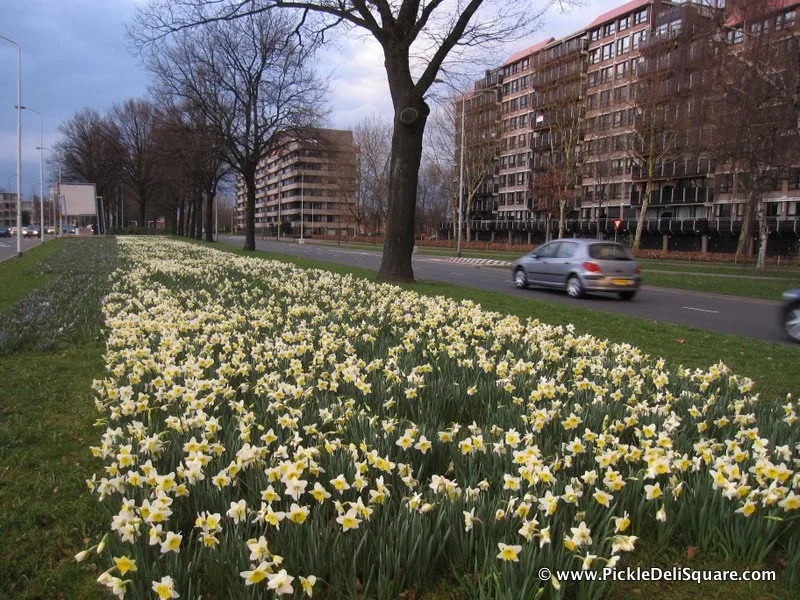Utrecth Day Trip: Rietveld-Schroder House
Since this is a long weekend for Easter, I decided to take a trip up to Utrecht for the day. Of course, I had to pay a visit to the Rietveld-Schroder House, featured in every design and art history textbook.
It's always interesting to "finally" see something you've only seen in pictures before. For the Rietveld-Schroder House, the first thing that surprised me was the scale. It's a really small house! At around 1200 square feet, the entire house is the same size as my apartment in Cincinnati. Also I hadn't realized that it was constructed against the wall of a brick building behind it - I guess I had always imagined it to be free-standing.
The other big surprise was how imprecise things were inside. The vertical and horizontal lines were so important for De Stijl movement, but you could see various jagged edges on doors and slightly askew shelves. The tour guide said that it was because Rietveld never had education in architecture or engineering (he only had primary school education), so he didn't always know the best way to construct things. And because a lot of elements in the house were made of wood, over time things take on "a life of their own."
Overall though, I thought it was a really delightful house. Unlike Frank Lloyd Wright, who seemed so set in the ways of his architectural program, Rietveld would make enhancements to the house to aid in the comfort of its inhabitants. For example, he added a ventilation strip at the top of the window for the housekeeper's room. The entire second floor is like a jigsaw puzzle with sliding doors that hide away in different configurations, revealing a bright, open space. And throughout the house there are folding tables and counters, including one just inside of a grocery delivery window, which also boasts a speaking tube from ground floor to upstairs (primitive intercom!). You can see that setup below (boodschappen = grocery shopping).
Rietveld also planted a willow tree on the corner of the yard, as an homage to Mondrian, a key figure in De Stijl. Mondrian had painted willow trees at the beginning of his development into the abstract painter as we know him best. I thought this was really touching.





